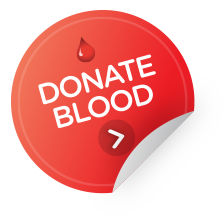![]()
The first edition of the Australian Commission on Safety and Quality in Health Care (ACSQHC), National Safety and Quality Health Service (NSQHS) Standards was released in 2011. It became mandatory for assessment of hospitals and day procedure services from 1 January 2013. One of the ten standards focuses on blood and blood products (Standard 7).
Following a review, the second edition of the NSQHS Standards was endorsed by Health Ministers and released in November 2017. The second edition was developed by the ACSQHC in consultation with Australian Government state and territory partners (including the National Blood Authority), consumers, the private sector and other stakeholders. Assessment against the second edition commenced from 1 January 2019.
A document mapping the actions in the second edition to the first edition can be found on the ACSQHC website.
Standard 1: Clinical Governance and Standard 2: Partnering with Consumers combine to form the clinical governance framework for all health service organisations. They support and integrate with all the clinical standards, which cover specific areas of patient care. In the second edition, Standard 7: Blood Management replaces the first edition Standard 7: Blood and blood products.
The Blood Management Standard aims to improve outcomes for patients by identifying risks and using strategies that optimise and conserve a patient's own blood, as well as ensuring that any blood and blood products that patients receive are safe and appropriate.
The NBA is committed to supporting health service organisations to meet the requirements of the Blood Management Standard by identifying and/or developing resources. The NBA worked with the ACSQHC and other stakeholders to develop resources which can be found on the ACSQHC website.
The NBA has also developed a suite of graphics to assist health service organisations continue to promote the importance of appropriate use of blood and blood products and continue to embed the principles of patient blood management in accordance with the National Safety Quality Health Service Standards.
Group RhD O negative red blood cell management
The NBA and the Australian Red Cross Lifeblood are working together to manage increasing requests for group O RhD negative red blood cells across Australia. Whilst only 6.5% [1] of the Australian population are group O RhD negative, group O RhD negative red blood cells have represented as high as 17% of total red blood cell issues to Australian health providers.
For more information on managing group O RhD red blood cells visit Group O negative red blood cell management | National Blood Authority.
General Group O RhD negative red blood cell management poster
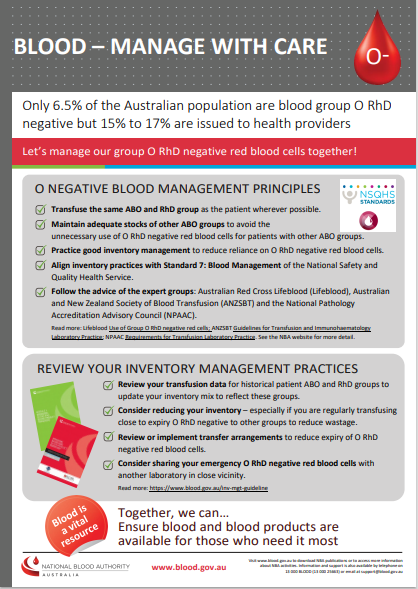
Emergency Group O RhD negative red blood cell management poster
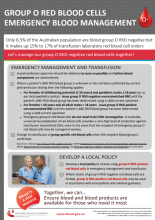
Blood management posters
Blood Management Poster Landscape
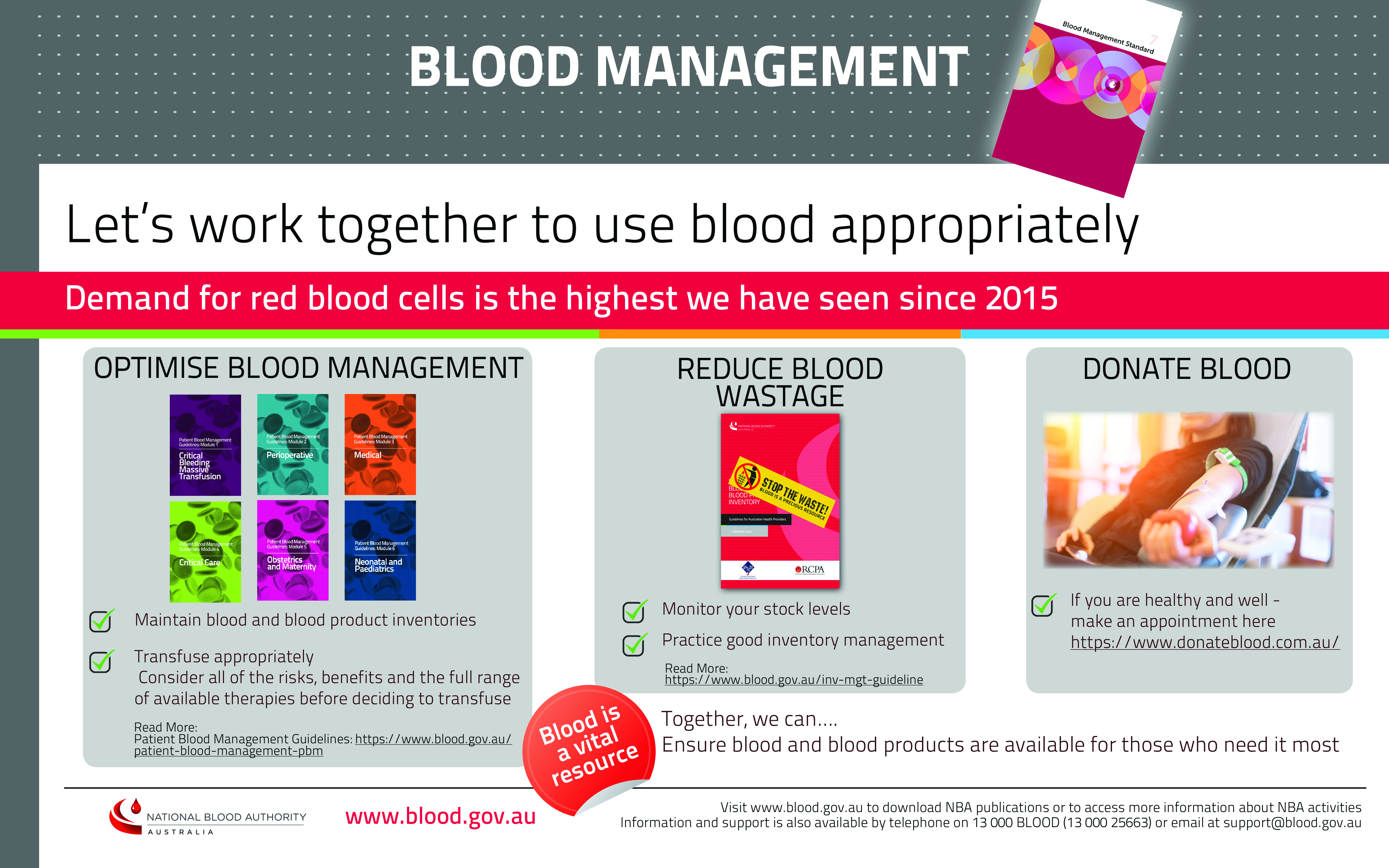
![]() PDF
PDF
![]() png 150 dpi (1.01 MB)
png 150 dpi (1.01 MB)
![]() png 300dpi (3.16 MB)
png 300dpi (3.16 MB)
Blood Management Poster Portrait
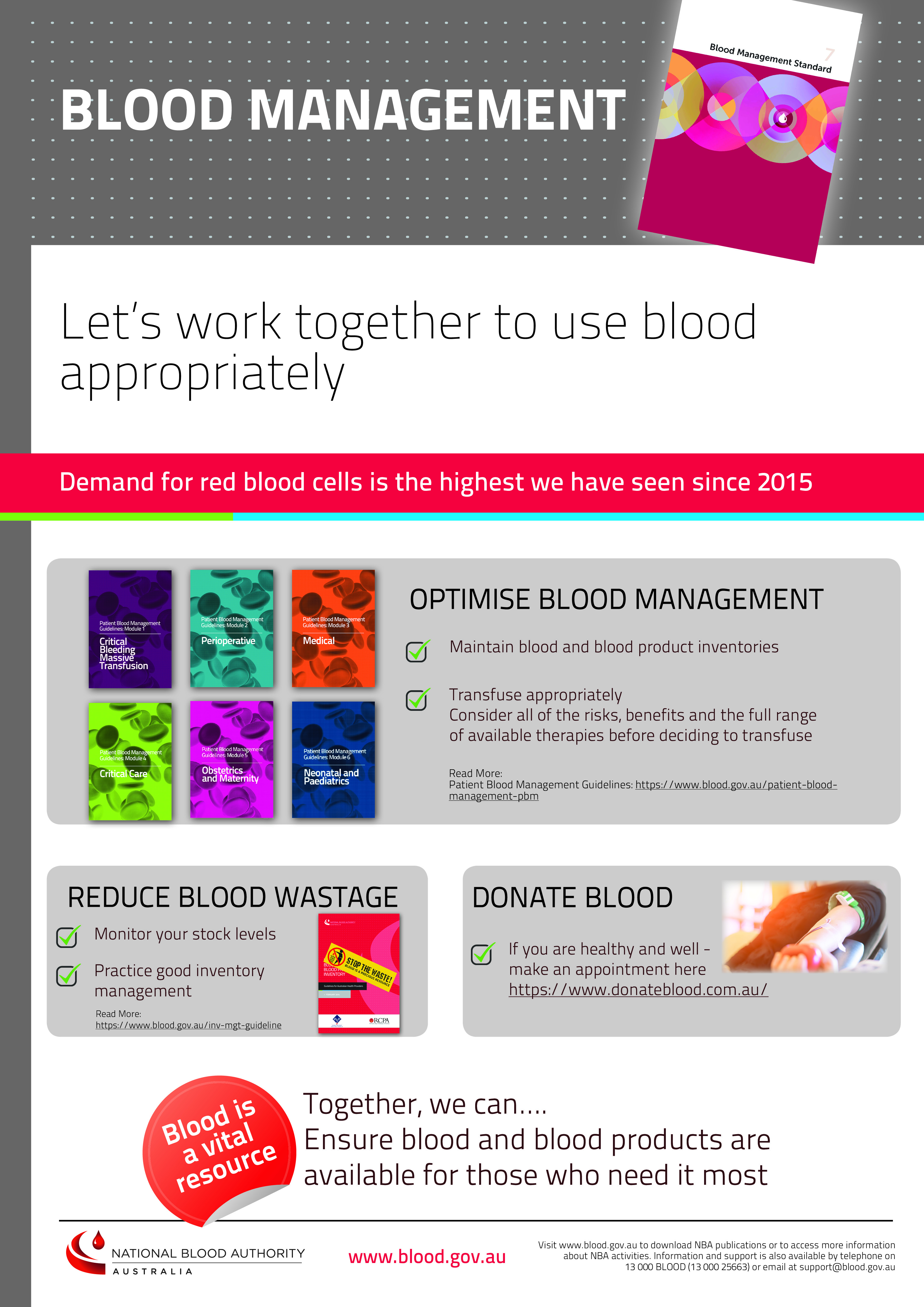
Blood management banners
Reduce Blood Wastage
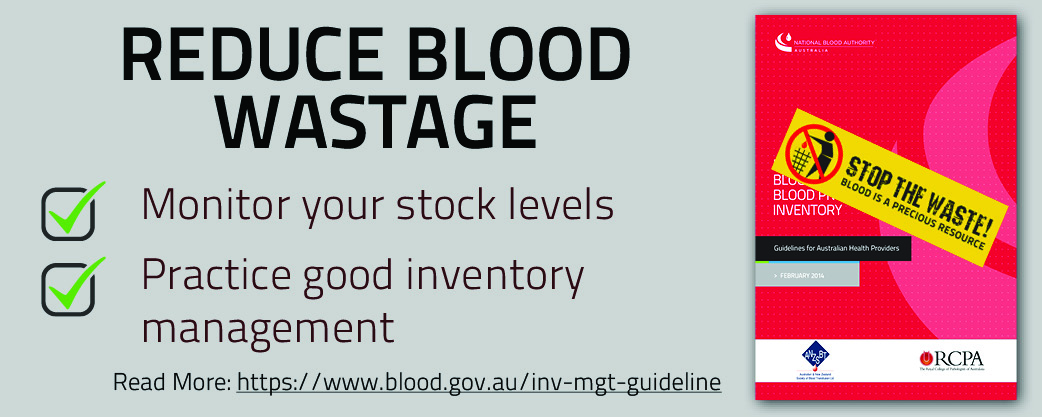
![]() 1280x720px (466.22 KB)
1280x720px (466.22 KB)
![]() png 150 dpi (41.8 KB)
png 150 dpi (41.8 KB)
![]() png 300dpi (736.51 KB)
png 300dpi (736.51 KB)
Optimise Blood Management Banner

![]() 1280x720px (1.53 MB)
1280x720px (1.53 MB)
![]() png 150 dpi (355.17 KB)
png 150 dpi (355.17 KB)
![]() png 300dpi (1.21 MB)
png 300dpi (1.21 MB)
Donate Blood Banner
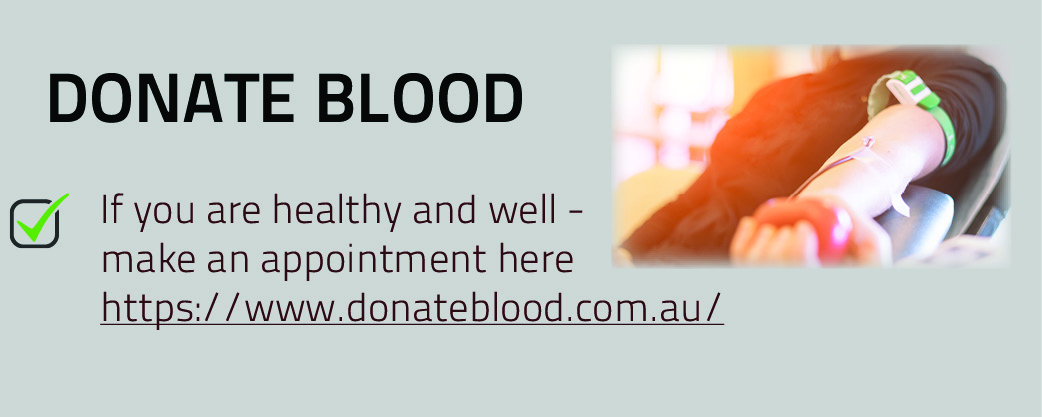
![]() 1280x720px (2.41 MB)
1280x720px (2.41 MB)
![]() png 150 dpi (69.7 KB)
png 150 dpi (69.7 KB)
![]() png 300dpi (668.54 KB)
png 300dpi (668.54 KB)
Demand for Red Blood Cells Banner
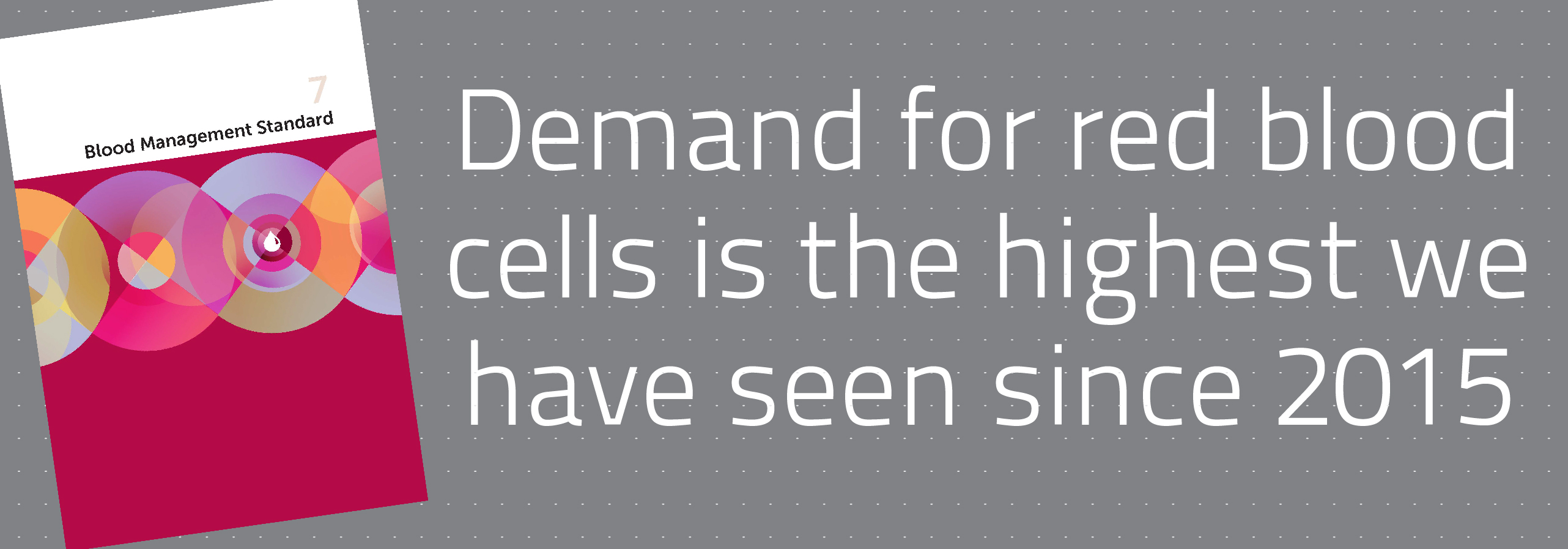
![]() 1280x720px (460.27 KB)
1280x720px (460.27 KB)
![]() png 150 dpi (91.82 KB)
png 150 dpi (91.82 KB)
![]() png 300dpi (445.89 KB)
png 300dpi (445.89 KB)
Blood is a Vital Resource Banner

![]() 1280x720px (243.95 KB)
1280x720px (243.95 KB)
![]() png 150 dpi (30.92 KB)
png 150 dpi (30.92 KB)
![]() png 300dpi (741.66 KB)
png 300dpi (741.66 KB)
1Hirani, R., Weinert, N., Irving, DO. The distribution of ABO RhD blood groups in Australia, based on blood donor and blood sample pathology data. MJA 2022

